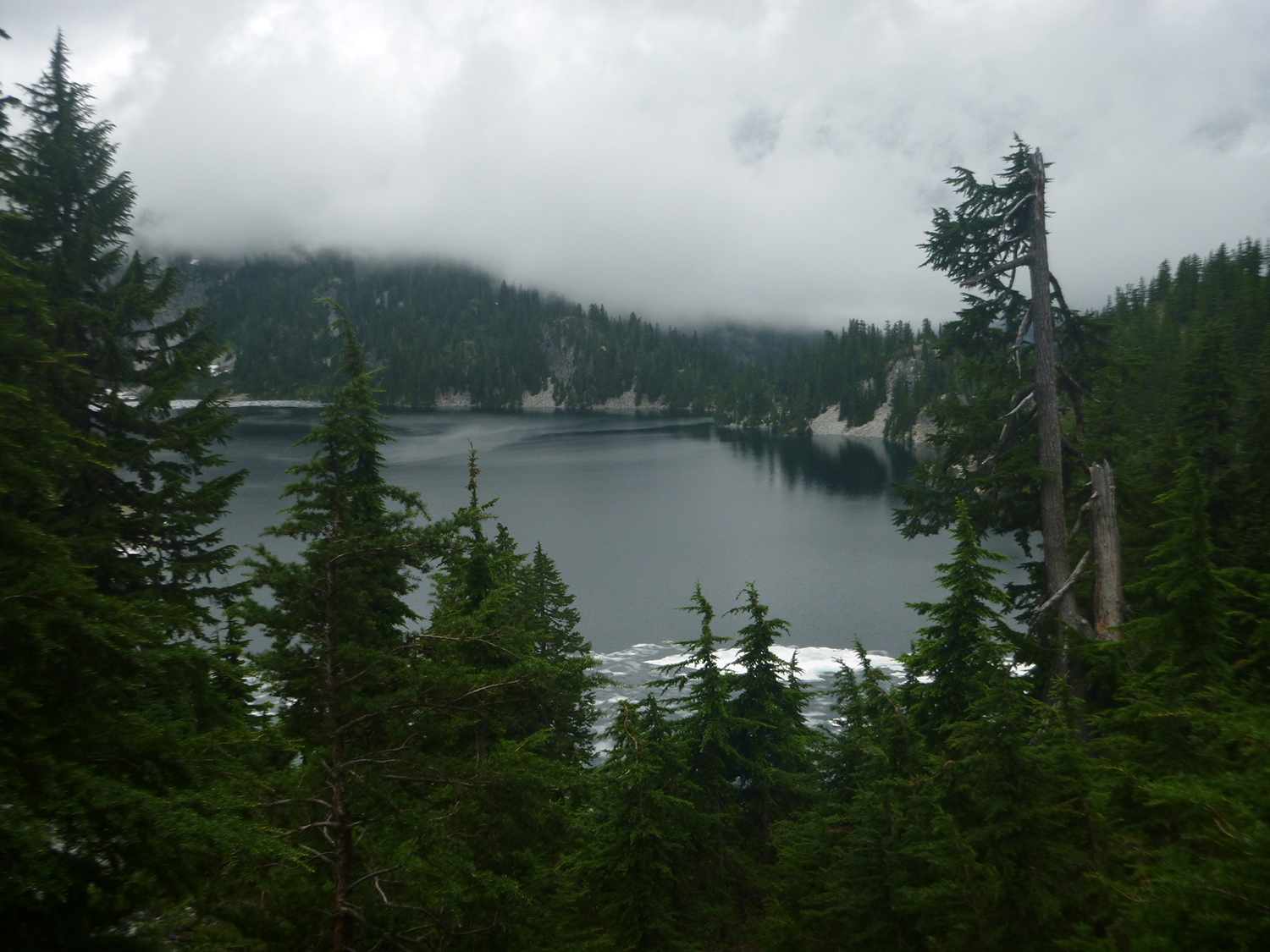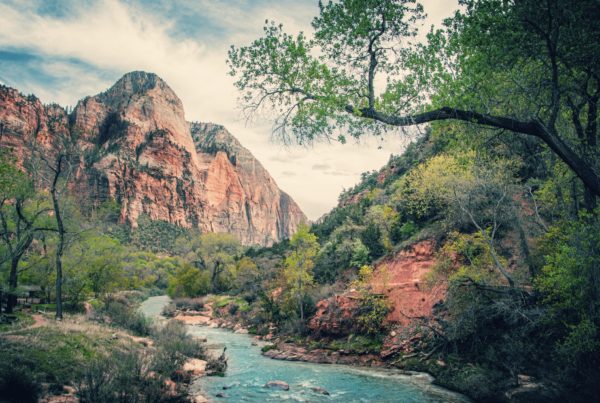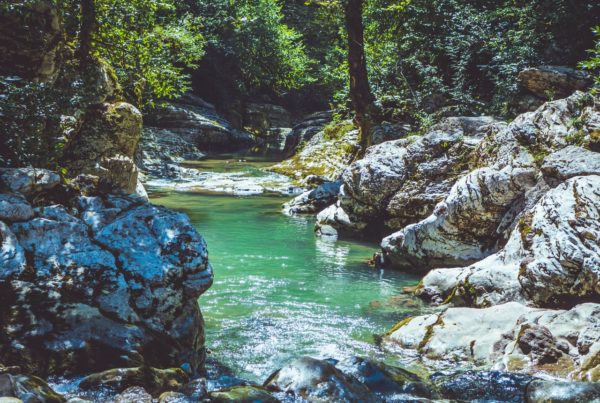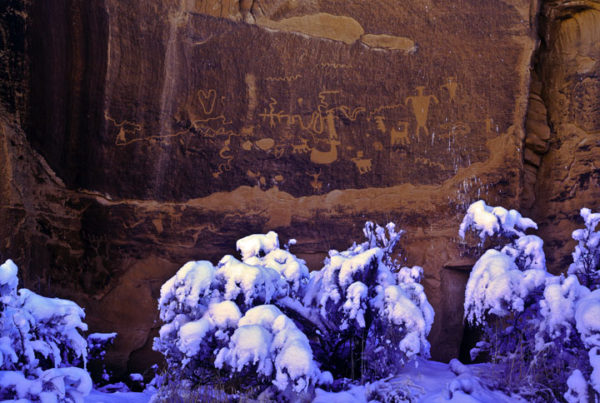I knew it with a certainty as warm and clear as the September sunshine. The land loves us back. She loves us with beans and tomatoes, with roasting ears and blackberries and birdsongs. By a shower of gifts and a heavy rain of lessons. She provides for us and teaches us to provide for ourselves. That’s what good mothers do.
– Robin Wall Kimmerer, Braiding Sweetgrass
And it came to pass that Enoch looked upon the earth; and he heard a voice from the bowels thereof, saying: Wo, wo is me, the mother of men; I am pained, I am weary, because of the wickedness of my children. When shall I rest, and be cleansed from the filthiness which is gone forth out of me? When will my Creator sanctify me, that I may rest and righteousness for a season abide upon my face?
– Moses 7:48
I did my undergraduate degree in Biology at Brigham Young University, which is owned by The Church of Jesus Christ of Latter-day Saints. I remember one afternoon having a conversation with one of my roommates (with whom I was not particularly close). She once told me about the BIO 100 class she was taking, and how she was so grateful that she was taking it with her brother so he could de-bunk all of the climate change and evolution ‘nonsense’ that the professor was teaching during lectures.
I was floored. I told her that her professor wasn’t wrong; climate change is a problem and evolution is a biological theory that represents the best scientific explanation we have to explain the variety of life on earth. I remember suggesting that she actually consider what her professor, who was also a member of the church, was teaching.
“Well, Christ is going to come and destroy the earth and remake it anyways,” she said defensively. “So I don’t see why we even need to bother with the environment. Christ will fix it.”
I am sorry to report that this is not the only time I have heard this argument from my fellow church members. The implications of that way of thinking are theologically heavy. Like the earth, we believe that our own bodies will also die and be resurrected in a more glorified state. It’s like thinking: “why bother taking care of your physical health while you are alive if you’ll have a perfect body in eternity?”
Surely the answer to this is obvious: you have a better quality of life now if you live a healthy lifestyle. In honoring the gift that is your body, you honor the Creator of that body. In honoring the gift that is the Earth and the bodies that inhabit it, in taking care to be wise and considerate in your resource use, in building positive relationships with other beings, you are showing gratitude for an incredible, inconceivably amazing gift from God.
Why should it matter what will happen later? The choices we make now define who we are and who we will become. In disrespecting the “shower of gifts”, we’re missing the “heavy rain of lessons.”
—
In Braiding Sweetgrass, Robin Wall Kimmerer references another mother from the Christian canon: Eve. She discusses how, if Eve and Skywoman met, Skywoman might tell Eve “Sister, you got the short end of the stick…”.
Skywoman isn’t wrong. The Christian world largely condemns Eve for submitting them to the misery and wickedness that characterizes life on Earth, for getting humanity evicted from a paradisiacal garden. Eve messed up big-time, and it’s her fault that we’re all stuck here.
Latter-day Saint theology offers a different perspective on the Fall. We believe that the Fall was part of the plan all along. We needed to be separated from God and live on a flawed Earth in order to grow and to learn. The whole point is to get that “heavy rain of lessons”, to borrow Kimmerer’s words again. Without that, we would be developmentally stagnant, forever like children in a perfect nursery of a garden. Actually, most of us wouldn’t even have bodies; the knowledge from the fruit of the tree of good and evil was necessary for Adam and Eve to reproduce.
So Eve was confronted with a choice between two good things: living in happiness and innocence forever, or choosing to gain the knowledge necessary for humanity to progress and develop, to become better. She chose the latter, and then came the heavy rain of lessons.
And this Earth that we’ve been “exiled” to has much to teach us. The scriptural canon stops short of saying that the goddess Heavenly Mother is, in fact, the Earth, but much good could come from seeing Earth as a divine mother. Because I do believe, like Kimmerer, that the land loves us back. She teaches and provides and gives. That’s what good mothers do.

Ask Now the Beasts
“But ask now the beasts, and they shall teach thee; and the fowls of the air, and they shall tell thee: Or speak to the earth, and it shall teach thee: and the fishes of the sea shall declare unto thee”
– Job 12:7-8
Like Heavenly Mother, overt environmentalism still has yet to find a culturally pervasive home in The Church of Jesus Christ of Latter-day Saints. Whenever I tell my fellow church members I’m studying environmental humanities, I can see confusion and caution on their faces they reply “Oh…okay…” There’s a lot of scholarship and creative writing already about the connections between the environment and Mormon theology. But it has yet to enter the mainstream religious consciousness.
My environmentalism is very intimately tied to my faith, almost so intimately that it’s challenging to see. But I’d like to start changing that, to use my religious practices to strengthen my relationship with the earth and vice versa, to use my environmental sensibilities to draw nearer to my Heavenly Parents and to Creation.
Years ago, I climbed with some friends (also Latter-day Saints) to the top of Y-mountain in Utah County. We switched on an old boombox that we had drug to the top of the mountain and tuned the radio frequency to the station that was broadcasting General Conference, a bi-annual broadcast meeting in which the prophet and apostles currently leading The Church of Jesus Christ of Latter-day Saints share spiritual messages with the world-wide membership of the church. The first hymn the choir sang was “High on the Mountaintop”.
Listening to sermons on the top of a mountain and looking out over Utah Valley and beyond imbued the religious principles with a new meaning, a new implication. And Y Mountain means something different to me now than it did before. Climbing a mountain to listen to the words of God grounded my faith in tangible ways, but it also expanded my environmental perspective, gave me purpose and drive.
I’m not just an environmentalist for my mortal life. I’m in this to build eternal relationships with my fellow beings, human, animal, plant, and earth. I’m sitting at my Mother’s feet, ready to receive Her shower of gifts and Her heavy rain of lessons.



